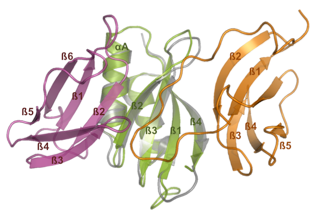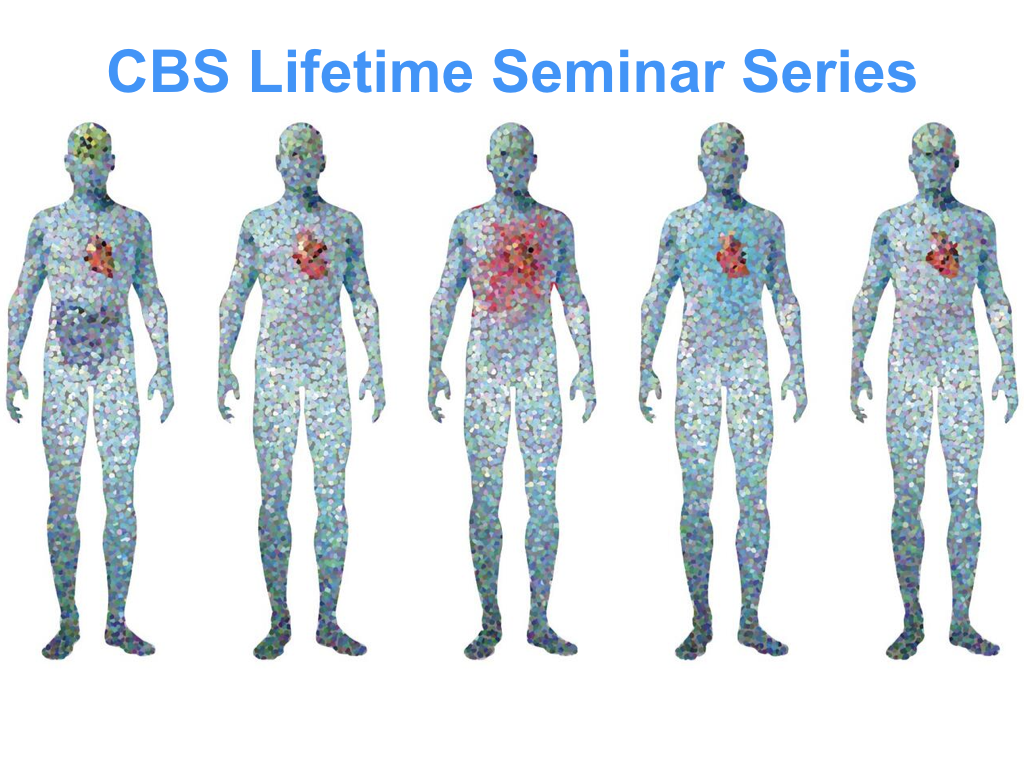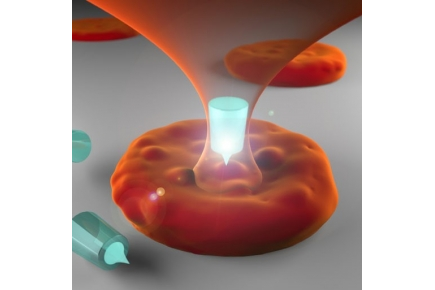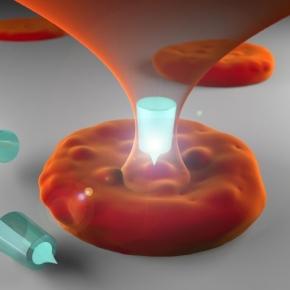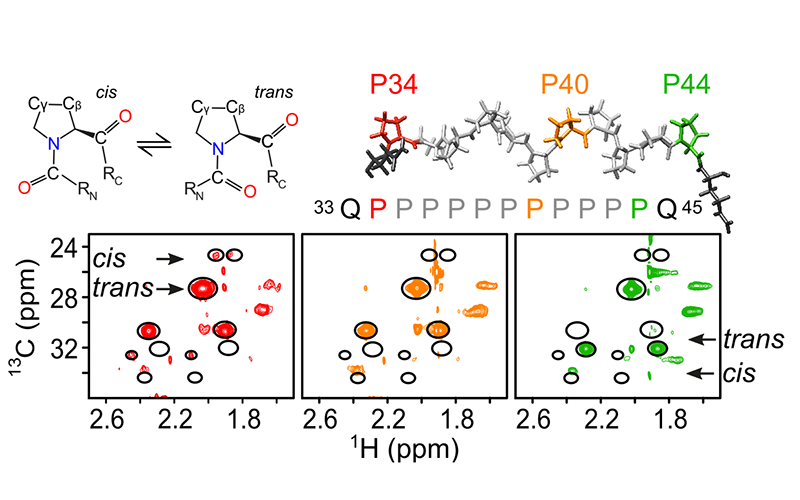CBS Lifetime Seminar Series
This year, the Centre of Structural Biochemistry is organizing a series of seminars on topics related to the LifeTime Initiative.
If you want to meet any of the seminarists, make sure you contact us at This email address is being protected from spambots. You need JavaScript enabled to view it.
Philipp Maass, University of Toronto
Misplaced inter-chromosomal organization causes shortened fingers
September 30th, 2,30 pm, CBS seminar Room, 29 rue de Navacelles
Website
Marcelo Rubinstein, University of Buenos Aires
Molecular and functional genetics of the proopiomelanocortin gene, food intake regulation and obesity
October 3rd, 11am, CBS seminar Room, 29 rue de Navacelles
Website
Jeff Moffitt, Harvard Medical School
Constructing tissue atlases with massively multiplexed RNA imaging
October 17th, 11am, CBS seminar Room, 29 rue de Navacelles
Website
Vera Pancaldi, CRCT Toulouse
Studying chromatin organization using networks: transcription, replication and beyond
December 12ve, 11am, CBS seminar Room, 29 rue de Navacelles
Website
COVID generation: workshop in an elementary school
What is a microbe? What are the differences between a bacteria and a virus? How does soap protect against viruses? Animated debates, experiences ... CM1 students from Jean Moulin school played the apprentice researchers to find answers to these questions during a workshop set up by C. Doucet from the CBS.
In a context where the words "virus", "contagion", "barrier gestures" invaded the daily lives of children, this workshop allowed to exchange with kids and to give scientific explanations to these words that became familiar but yet very mysterious !

